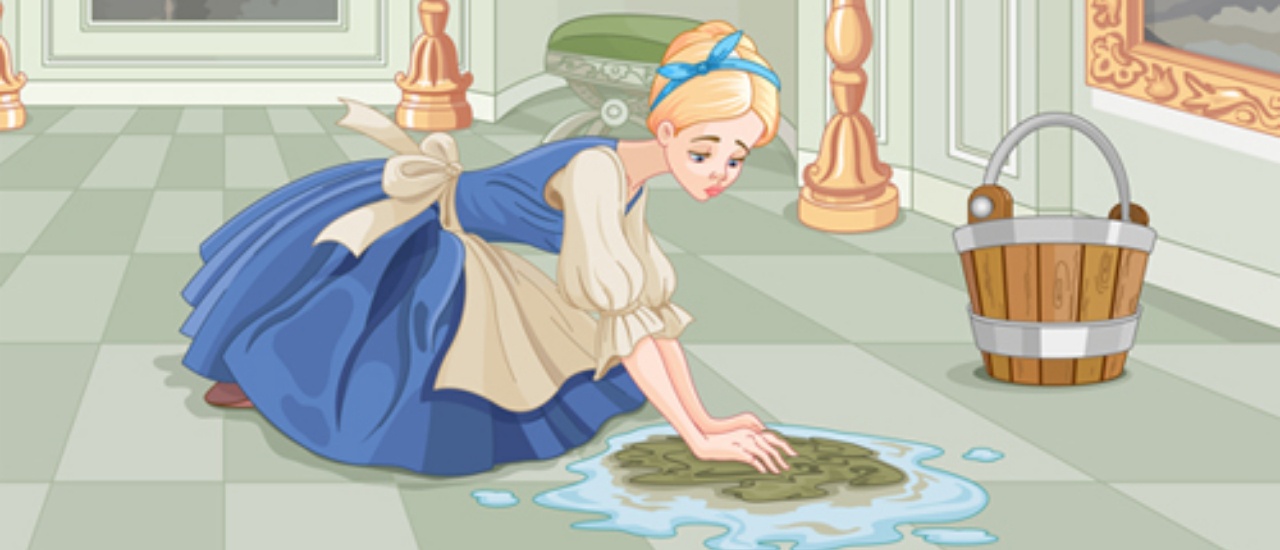
Customer Story Arcs are a new workshop method (we think) that help people to quickly empathise with their customers or users through mapping out their ‘story arc’.
Wait, don’t we already have empathy maps and customer journey maps? Yes we do, but story arcs combine elements of both. We think in practice, this method is:
– More intuitive
– Better for allowing collaboration with non-designers
– Less onerous
– More likely to get teams to empathise with a customer.
Our journey with story arcs started when Duncan Bloor, Code’s Head of Editorial, was looking for a way to spark ideas around Voice technology for a series of upcoming workshops and the usual methods just weren’t cutting it.
As voice skills are most successful when they fit into a person’s daily routine and solve a problem, he needed to get workshop attendees to think about the mundane and routine details of a customer’s day in an intriguing way.
A story seemed the most powerful way to do this.
Ideas for voice skills and actions is one application example, but there will certainly be others too. Basically, whenever you need people to quickly get into the shoes of their customers or users real lives, then you can use this.
We’ve started to use story arcs in the ‘understand’ phase of the design process, just after reviewing the research around customers, products or competition.
It sounds like a silly question but it’s worth explaining.
At its most basic level, a story has a protagonist (hero) who has a goal and needs to overcome challenges to reach that goal.
The ups and downs of the protagonist are what we call the story arc – we can see Cinderella’s story arc in the chart below

Credit:[https://sivers.org/drama” />
We basically need to recreate the above for our customer. So we start with the last thing that our customer will do (the goal) because that makes everything else before that point more interesting. We write down this actiuon on a post-it (it’s useful to do it on post-its rather than write it down as you can move and add to post-its).
We also make sure we place that post-it goal on the misery/ecstasy scale – high for ecstasy, low for misery.
In the example below, we’re imagining a customer drinking a can of Coke. We start with the last step, which is ‘takes last sip of drink’.

Underneath, in a different coloured post-it you can add notes about what that person may be thinking or feeling.

We don’t even need to imagine the protagonist at this point. As we’re mapping out the story as a group, people start to naturally build the protagonist up.
Next, we think about the action that would’ve immediately preceded the goal (think in very small steps) and then place that before the last action and on the misery/ecstasy scale. In the example, we thought that they may have talked to their friend before taking the last sip and that would have been relatively better experience.

Keep it going until you run out of time.
You could think of a different last step as you’re going along (in the gif, you can see that we added an extra step after ‘takes the last sip’ which was ‘finds recycling bin’, and that they felt good about that.
Once you’ve got your story arc, the team’s brains will be whirring with potential ideas. Instead of ploughing straight into these though it’s a good idea to go into the divergent phase of the design process – we do this with ‘how might we?’ statements. These pose challenges that we can later ideate off, for example ‘How might we help customers fins a recycling bin?’
It’s useful to start looking at the peaks and troughs of a customer’s story here – if you can be with them at the high or low points, then it makes sense that your intervention may have more of an impact.
Incidentally, we found that Coca-Cola answered ‘How might we help our customer find a recycling bin?’ from our example arc, below.

That’s it. That’s how you create a customer story arc. Let us know how you get on via our twitter account or if you want us to come to you and hold a voice workshop ideation session for a day, contact us.
Code is a customer experience, digital innovation and AI agency.
We’re a strategic digital partner that delivers breakthrough growth throughout the customer experience (CX).
We achieve this through our industry-renowned services in digital transformation, web development, brand strategy, click rate optimisation (CRO) and UX (user experience).
Our human centric approach underpins every aspect of our work.
A collective of experts in multiple disciplines, we collaborate to distil the complex needs of organisations and end users to engineer solutions that make an impact.
From fast scaling start ups to global brands, we can help you to transform your organisation.
We are an EssenceMediacom North agency.
EssenceMediacom North helps brands to breakthrough in the new communications economy.
Disrupting models of media, EssenceMediacom North accelerates creative and business transformation for its clients roster, including Hillarys, Absolute Collagen, Webuyanycar.com and United Utilities.
The agency delivers breakthrough growth, capabilities, and revenue through the integration of media, creativity, data and technology, combined with its diverse industry-leading expertise.
Equipped with access to the richest data, robust benchmarking and advanced technologies, EssenceMediacom North unlocks new opportunities to deliver truly integrated media solutions for scaling and global brands.
EssenceMediacom North is part of WPP’s media investment group, GroupM
WPP Manchester Campus
1 New Quay Street
Greater Manchester
M3 4BN
#AIAgency #InnovationAgency #CXAgency #CustomerExperienceAgency #DesignSprint #ProductThinking #BrandStrategyAgency #CROAgency #DigitalTransformationAgency #TechnologyInnovationAgency